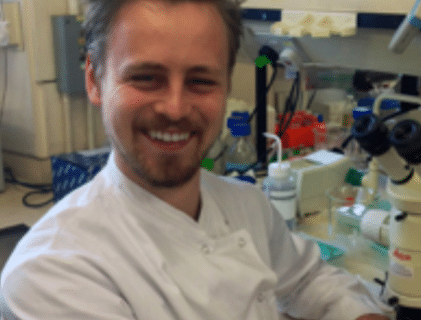
Sam Crossman
The Francis Crick Institute, London UK
- 12:30
- Monash University, Clayton Campus, Seminar Room - Level 3/ 15 Innovation Walk
- Australian Regenerative Medicine Institute
Abstract
Animal development is a remarkably reproducible process and most fertilised eggs go on to form fully patterned organisms with great accuracy. This accuracy is in part controlled by the elimination of defective cells via apoptosis and the precise control of proliferation by extracellular growth factors. In this talk, I will present the results of two ongoing projects investigating the role of these two essential processes in Drosophila epithelial development.
First, I will discuss our work on the coordination of cell fate and cell survival. In developing tissues, cell death is frequently observed when patterning errors occur and this apoptosis is thought to facilitate the removal of potentially harmful mis-patterned cells. Using the developing Drosophila embryo as a system to study this process, we have identified a key role for the EGFR signalling pathway in the initiation of apoptosis in mis-patterned tissues. We find that patterning defects trigger local troughs in EGFR pathway activation, which precede apoptotic cell death. Our data also identifies a role for the EGFR pathway in the control of overall tissue size, where it contributes towards the specification of consistent segment dimensions.
I will also discuss our efforts to generate a semi-synthetic signalling pathway capable of controlling growth and proliferation in the developing Drosophila wing. We have engineered the Drosophila BMP receptor homologues, punt and thickveins, with complimentary GFP binding proteins that dimerise in the presence of GFP. These chimeric receptors can be activated with GFP as an artificial ligand and I will present a series of experiments investigating the potential applications of our engineered system.
